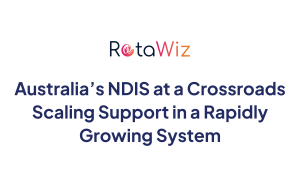15 April, 2025
Winning Your Team Over: Mastering the Transition to New Rostering Software
NDIS
6 min read

Transitioning to a new rostering software can be a game-changer for NDIS providers, healthcare teams, and other industries that rely on efficient workforce management. However, introducing new technology is not always smooth sailing. Resistance to change, concerns about usability, and potential disruptions to daily operations can make the transition challenging.
To ensure a seamless shift to a smart rostering system like RotaWiz, it is crucial to win your team over by addressing their concerns, demonstrating the benefits, and providing proper training. A well-planned approach will help create a smooth transition, ensuring that employees feel comfortable and confident using the new system.
Understanding Team Concerns
Employees often have valid concerns when a new software solution is introduced. Some fear the change itself, especially if they are accustomed to manual processes or an outdated system. Others may worry about the usability of the software, questioning whether it will be easy to navigate and adapt to. Additionally, team members might be concerned about the time investment required for training and whether this will disrupt their daily workflow. Another common concern is the potential for errors during the transition phase, particularly in industries like healthcare and disability support, where accurate rostering is critical. If you’re already using a tool for rostering, why not try RotaWiz, which is designed specifically for NDIS providers? Lastly, some employees might worry that automation could make their roles redundant, leading to job insecurity
Strategies for a Smooth Transition
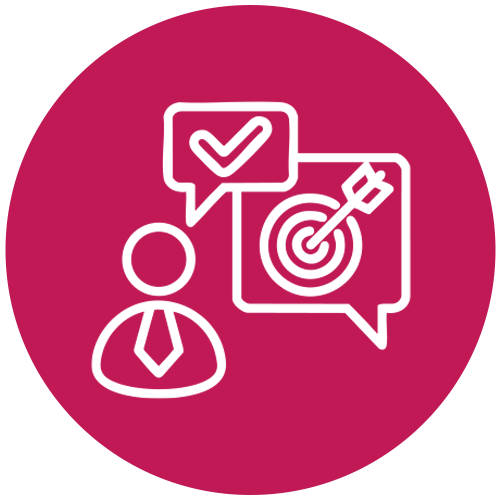
Communicate the Purpose and Benefits
Before rolling out the new rostering software, it is essential to communicate the purpose behind the transition. Employees need to understand how the new system will benefit them, not just the organisation. Key advantages include improved efficiency, reduced scheduling errors, better flexibility, and enhanced compliance with NDIS rostering regulations. Additionally, emphasising features like drag-and-drop shift scheduling, real-time updates, and automated rostering can help employees see how their daily tasks will become easier and more streamlined.
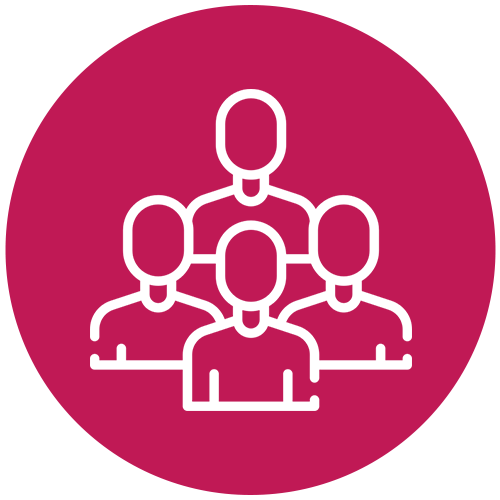
Involve Key Team Members
Involving employees early in the decision-making process helps ease concerns and fosters a sense of ownership. Identify key team members who are open to change and technology and encourage them to participate in software testing, pilot runs, and feedback sessions. These individuals can serve as advocates for the software, helping others in the organisation feel more comfortable with the transition. When employees see their peers successfully using the new system, they are more likely to embrace it themselves.
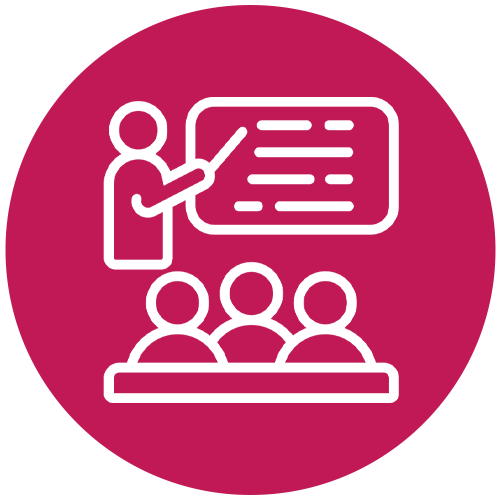
Provide Comprehensive Training
A seamless transition requires structured training to ensure that employees feel confident using the new system. Different people have different learning styles, so offering multiple training formats can be beneficial. Options such as video tutorials, step-by-step guides, interactive workshops, and live support will cater to diverse learning preferences. Training should be designed to be practical and hands-on, allowing employees to apply what they learn in real-world scenarios.
For example, RotaWiz provides an intuitive dashboard and a mobile application that allows carers to easily access their schedules and update their availability. Demonstrating these user-friendly features during training can help employees see the practical benefits of the software firsthand.
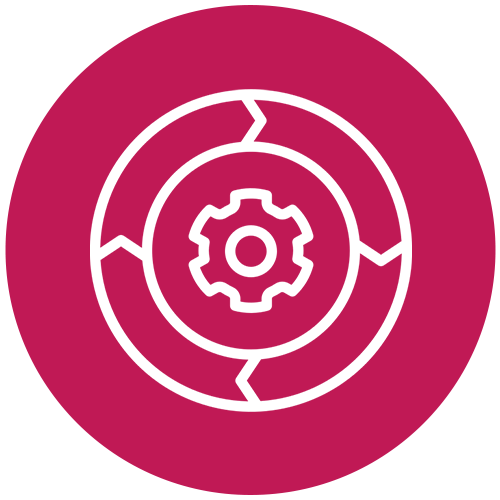
Start with a Pilot Phase
Rather than implementing the software across the entire organisation at once, consider a phased rollout. Begin with a small group of employees who can test the system in real working conditions. Their feedback can then be used to fine-tune the implementation before a full-scale launch. A pilot phase helps reduce the risk of major disruptions and allows for gradual adaptation.
For example, a phased transition could look like this:
- Week 1: Select key team members to test the system and provide feedback.
- Week 2: Introduce the system to a small group for live rostering.
Week 3: Expand usage to the entire organisation with ongoing support.
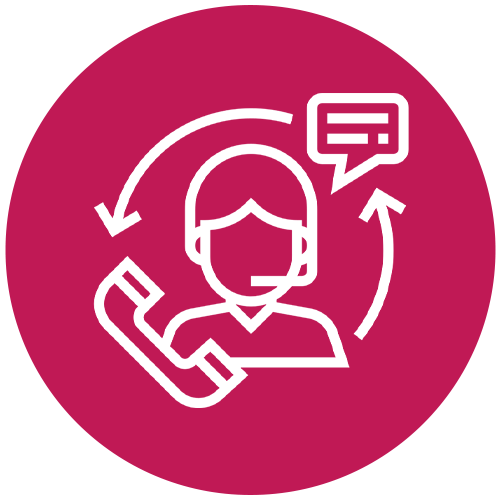
Address Concerns and Provide Support
As with any change, some employees may struggle with the transition. To help ease frustrations, offer ongoing support, such as Q&A sessions, live chat support, and dedicated IT assistance. Ensuring that employees have access to help when needed will boost their confidence and allow them to use the system effectively.
For instance, if an employee struggles with scheduling recurring shifts, demonstrating how RotaWiz’s automated rostering feature simplifies the process can reassure them that the software is designed to make their work easier rather than more complicated.

Encourage Feedback and Continuous Improvement
Encouraging employees to provide feedback on their experience with the new software is essential for a smooth transition. Use employee surveys, one-on-one discussions, and performance data reviews to gauge how well the system is working and identify areas for improvement.
Additionally, organisations should remain flexible and open to making necessary adjustments. If employees express concerns about specific aspects of the system, take their feedback seriously and address their issues promptly. Continuous improvement will ensure that the software is optimised for both organisational and individual needs.
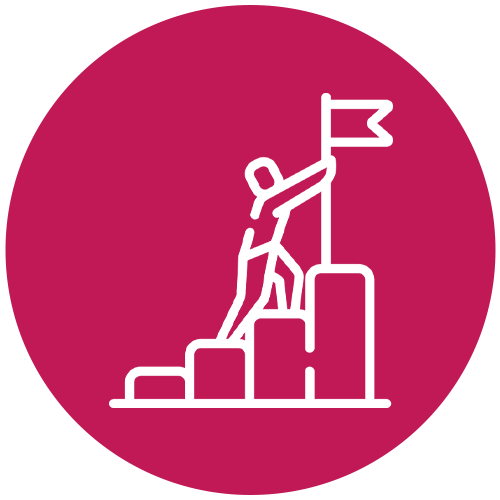
Celebrate Milestones and Successes
Acknowledging and celebrating achievements during the transition can help boost morale and encourage employees to stay engaged. Recognise important milestones, such as:
- Successfully completing the first 100 scheduled shifts using the new system.
- Employees achieving full proficiency in using the platform.
- Notable reductions in scheduling conflicts and errors.
Providing rewards or public recognition for employees who adapt quickly and assist others can further encourage a positive attitude toward the change.
The Long-Term Impact of a Successful Transition
When a new rostering software is implemented successfully, organisations can experience significant improvements in workforce management. Employees feel more confident in their ability to manage their schedules, leading to reduced stress, improved communication, and enhanced teamwork. Additionally, efficient rostering allows more time for employees to focus on delivering high-quality care and services.
Many NDIS providers in Australia who have switched to RotaWiz have reported noticeable improvements in staff satisfaction, compliance with industry regulations, and overall efficiency. By ensuring a well-planned transition, your organisation can achieve similar success and create a more streamlined and productive workforce.
End Note
Change can be challenging, but with clear communication, structured training, and ongoing support, your team can fully embrace new rostering software and unlock its full potential. Whether you are an NDIS provider, healthcare facility, or service-based business, adopting a user-friendly, feature-rich solution like RotaWiz ensures efficient shift management and streamlined operations.
By focusing on employee engagement, phased implementation, and continuous support, organisations can make the transition smoother and more successful. The key is to highlight the benefits, involve team members in the process, and provide the necessary resources to ensure confidence in the new system.
Discover how RotaWiz can help you simplify rostering today! Visit RotaWiz for more details.
